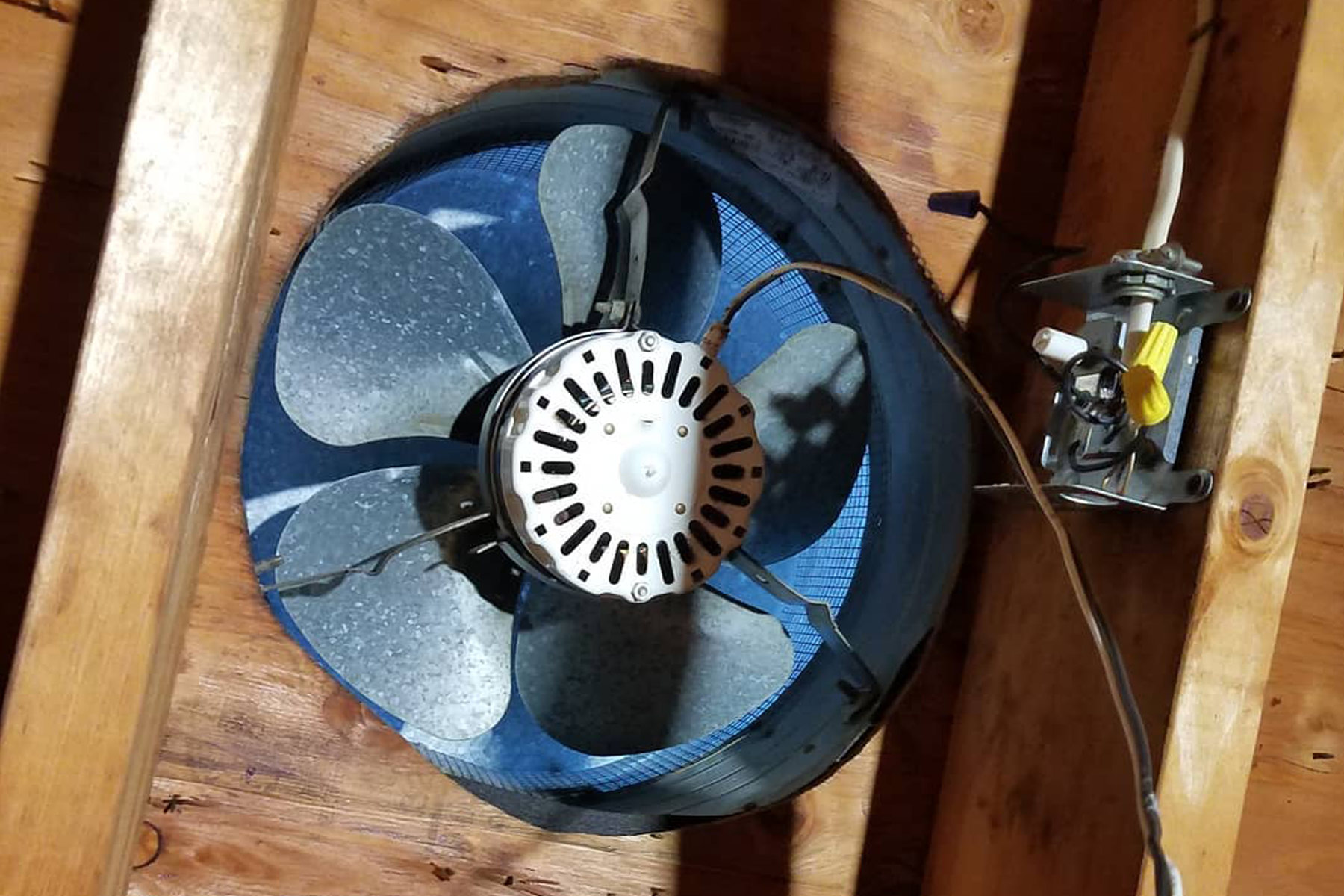

Articles
How Much To Install An Attic Fan
Modified: August 31, 2024
Looking for articles on how much it costs to install an attic fan? Find all the information you need to make an informed decision here.
(Many of the links in this article redirect to a specific reviewed product. Your purchase of these products through affiliate links helps to generate commission for Storables.com, at no extra cost. Learn more)
Introduction
Welcome to our comprehensive guide on the cost of installing an attic fan. If you’re considering adding an attic fan to your home, it’s essential to understand the factors that can affect the overall cost of the installation. An attic fan is a valuable addition to any home, as it helps regulate the temperature, reduces humidity, and enhances air circulation in your attic space.
Attic fans are especially beneficial during hot summer months, as they help remove excess heat from your attic, preventing it from seeping into your living space and reducing your reliance on air conditioning. By effectively ventilating your attic, they can also reduce the strain on your HVAC system, potentially lowering your energy bills.
Now, let’s delve into the various factors that can impact the cost of installing an attic fan.
Key Takeaways:
- Installing an attic fan can improve air circulation, regulate temperature, and reduce energy costs. Consider factors like fan type, attic size, and location to budget accurately.
- When deciding on DIY vs. professional installation, weigh cost savings against technical skills and potential errors. Plan for additional expenses like permits, electrical work, and maintenance.
Factors Affecting the Cost of Attic Fan Installation
When it comes to installing an attic fan, several factors can influence the overall cost of the project. Understanding these factors can help you plan your budget and make informed decisions. Here are some key considerations:
- Type of Attic Fan: The type of attic fan you choose will greatly impact the cost. There are several options available, including roof-mounted fans, gable-mounted fans, and solar-powered fans. Each type has its own price range, with solar-powered fans generally being the most expensive due to the added cost of the solar panel system.
- Attic Size: The size of your attic plays a significant role in determining the cost. Larger attics will require more ventilation and may need multiple fans or a larger fan unit, resulting in higher installation costs.
- Wiring and Electrical Work: If your attic doesn’t already have the necessary electrical wiring in place, you may need to hire an electrician to install it. This additional electrical work can increase the overall cost of the project.
- Accessibility: The ease of access to your attic can impact the installation cost. If your attic is difficult to reach or requires additional work, such as removing insulation or creating an access hatch, the installation process may take longer and incur higher labor costs.
- Location: The region you live in can also affect the cost of attic fan installation. Prices may vary based on local labor rates, building codes, and permit requirements. It’s essential to research and understand the specific regulations and costs in your area.
Considering these factors will help give you a better idea of what to expect in terms of cost when installing an attic fan. However, it’s important to note that these factors can vary depending on individual circumstances and the complexity of the installation.
Average Cost of Attic Fan Installation
The cost of installing an attic fan can vary depending on the factors mentioned earlier. On average, you can expect to spend between $200 and $1,000 for the installation, including the fan unit and labor costs. Here is a breakdown of the average costs:
- Basic Attic Fans: Basic attic fans typically range from $200 to $500. These fans are usually powered by electricity and are either roof-mounted or gable-mounted. They provide sufficient ventilation for most average-sized attics.
- Solar-Powered Attic Fans: Solar-powered attic fans are the most energy-efficient option and can help offset the initial cost through reduced energy bills. However, they are also more expensive upfront. Prices for solar-powered attic fans can range from $500 to $1,000.
- Professional Labor Costs: The cost of labor can vary based on factors like the complexity of the installation and the contractor’s rates. On average, professional labor costs for attic fan installation can range from $100 to $300.
It’s important to note that these are average estimates and the specific cost of your attic fan installation may differ depending on your location and individual project requirements.
Additionally, if additional electrical work or modifications are needed, such as upgrading wiring or installing a dedicated electrical circuit, these costs will be additional and should be factored into your overall budget.
Now that you have an understanding of the average cost range, let’s explore the considerations of DIY versus professional installation.
DIY vs. Professional Installation: Pros and Cons
When it comes to installing an attic fan, you have the option to either tackle the project yourself or hire a professional. Both approaches have their own set of advantages and disadvantages. Let’s explore the pros and cons of each:
DIY Installation
Pros:
- Cost Savings: One of the primary advantages of a DIY installation is the potential cost savings. By taking on the project yourself, you can avoid labor costs and potentially purchase the materials at a lower price point.
- Control and Satisfaction: Installing the attic fan yourself allows you to have complete control over the process. It can be a satisfying and rewarding DIY project, especially if you enjoy working on home improvement tasks.
- Flexibility and Convenience: DIY installations offer greater flexibility in terms of timing and scheduling. You can work at your own pace and complete the installation based on your availability and preferences.
Cons:
- Skill and Knowledge: Installing an attic fan requires some level of technical knowledge and handy skills. If you’re not experienced in electrical work or roofing, you may run into difficulties or potential safety hazards during the installation process.
- Potential Errors: DIY installations, especially for complex tasks like electrical work, can lead to mistakes that may have costly consequences. Improperly installed attic fans or electrical wiring could pose fire hazards or damage your attic insulation.
- Limited Warranty: Most attic fans come with warranties, but some manufacturers may require professional installation to ensure the warranty remains valid. DIY installations may void the warranty, leaving you responsible for any repairs or replacements in the future.
Read more: How Much Is An Attic Fan
Professional Installation
Pros:
- Expertise and Experience: Hiring a professional ensures that the installation is carried out by an experienced individual with the necessary skills and knowledge. They can handle the technical aspects of the job, minimizing the risk of errors or safety issues.
- Time and Efficiency: Attic fan installations can be time-consuming, especially if you’re not familiar with the process. Professionals can complete the job efficiently, saving you time and allowing you to focus on other tasks.
- Guarantees and Warranty: Reputable professionals often provide warranties and guarantees for their work. This offers peace of mind, as any issues that arise after the installation can be addressed and resolved by the installer.
Cons:
- Higher Cost: Hiring a professional for attic fan installation involves additional costs for labor. Depending on the complexity of the project and your location, professional installations can be more expensive than DIY.
- Limited Flexibility: You’ll need to schedule the installation at a time that works for the professional, which may not always align with your preferred timeline.
Ultimately, the decision between DIY and professional installation depends on your comfort level, technical skills, and budget. If you’re confident in your abilities and have knowledge of electrical work and roofing, DIY may be a viable option. However, if you’re unsure or unfamiliar with the process, it’s wise to seek professional help to ensure a safe and proper installation.
Now that you’re aware of the pros and cons, let’s explore other potential expenses to consider when budgeting for attic fan installation.
Additional Expenses to Consider
When planning for attic fan installation, it’s important to account for any additional expenses that may arise during the process. While the primary cost is associated with the fan itself and the labor, there are a few other potential expenses to consider:
- Permits: Depending on your location, you may need to obtain permits before installing an attic fan. Permit costs can vary, so it’s essential to check with your local building department to determine if any permits are required and the associated fees.
- Electrical Work: If your attic does not have the necessary electrical wiring, you may need to hire an electrician to install or upgrade the wiring. The cost of this additional electrical work should be factored into your overall budget.
- Roofing Considerations: Depending on the type of fan and its installation method, there may be additional roofing-related expenses. For example, if you opt for a roof-mounted fan, you may need to hire a roofing professional to ensure proper sealing and waterproofing of the installation site.
- Maintenance and Cleaning: Attic fans require regular maintenance and cleaning to ensure optimal functionality. You may need to invest in cleaning tools or hire a professional to perform routine maintenance tasks, which can incur additional costs.
- Optional Accessories: Some attic fans come with optional accessories, such as thermostats or humidity sensors, which can enhance performance but may also add to the overall cost. Consider whether these accessories are necessary for your specific needs and budget.
It’s crucial to carefully consider these additional expenses and factor them into your budget to avoid any surprises or financial strain during the installation process.
Now that you are aware of the potential additional expenses, let’s explore some tips for hiring a professional attic fan installer to ensure a smooth and successful installation.
Make sure to consider the size of your attic and the ventilation needs of your home before installing an attic fan. It’s also important to hire a professional to ensure proper installation and safety.
Tips for Hiring a Professional Attic Fan Installer
When it comes to hiring a professional attic fan installer, it’s important to choose someone who is reliable, experienced, and knowledgeable. Here are some tips to help you find the right professional for the job:
- Do your research: Take the time to research and gather information about different attic fan installers in your area. Look for reputable companies or contractors with positive reviews and a track record of quality work.
- Check for licenses and insurance: Ensure that the installer you choose holds the necessary licenses and insurance required in your area. This helps protect you from liability in case of accidents or damage during the installation process.
- Ask for referrals: Seek recommendations from friends, family, or neighbors who have had attic fans installed. Their personal experiences can provide valuable insights and help you make an informed decision.
- Request multiple quotes: Obtain quotes from multiple attic fan installers for comparison. Ensure that the quotes include all aspects of the installation, such as the cost of materials, labor, any additional electrical work, and permits.
- Verify experience: Inquire about the installer’s experience in attic fan installation. Ask for examples of previous projects and inquire about any specialized training or certifications they may have.
- Ask about warranties: Inquire about the warranty provided by the installer for their work. A reputable professional should offer some form of warranty or guarantee to ensure customer satisfaction and address any potential issues that may arise after the installation.
- Communicate your expectations: Clearly communicate your expectations and specific requirements to the installer. Discuss the desired location for the fan, any additional features or accessories you may want, and any concerns or questions you have regarding the installation process.
- Get a written contract: Once you have selected an installer, make sure to get a written contract that outlines all the agreed-upon terms and conditions. This contract should include the scope of work, the timeline, payment details, and any warranties or guarantees provided.
- Trust your instincts: Finally, trust your instincts when choosing a professional attic fan installer. If something feels off or if the installer doesn’t seem knowledgeable or reliable, it’s best to seek an alternative option.
By following these tips and taking the time to research, you can hire a professional attic fan installer who will ensure a smooth and successful installation, giving you peace of mind and optimal functionality for your attic fan.
Now that you have learned about hiring a professional installer, let’s summarize the key points discussed in this guide.
Conclusion
Installing an attic fan can provide numerous benefits, including improved air circulation, temperature regulation, and reduced energy costs. By understanding the factors that affect the cost of installation, the average expenses involved, and the pros and cons of DIY versus professional installation, you can make an informed decision that suits your needs and budget.
Factors such as the type of attic fan, the size of your attic, electrical work requirements, accessibility, and your location can all impact the overall cost of installation. It’s essential to consider these factors and budget accordingly to avoid any financial surprises.
When it comes to installation, you have the option of tackling the project yourself or hiring a professional. DIY installations can save you money but require technical skills and knowledge. On the other hand, professional installation ensures expertise, efficiency, and potential warranty coverage.
In addition to the primary cost of the fan and labor, it’s important to factor in other potential expenses, such as permits, electrical work, roofing considerations, and maintenance costs. Planning for these expenses will help you budget accurately.
When hiring a professional attic fan installer, it’s crucial to do your research, check for licenses and insurance, seek referrals, request multiple quotes, verify experience, and communicate your expectations clearly. Getting a written contract will provide you with documentation of the agreed-upon terms and ensure a smooth installation process.
By following these guidelines and considering all the necessary aspects, you can confidently install an attic fan and enjoy the benefits it brings to your home. Proper installation and ventilation in your attic will contribute to a more comfortable living environment and potential energy savings in the long run.
Remember, if you have any doubts or concerns about the installation process, it’s always best to consult with a professional to ensure the job is done safely and effectively.
Now armed with this knowledge, you are ready to make an informed decision and proceed with your attic fan installation project. Good luck!
Frequently Asked Questions about How Much To Install An Attic Fan
Was this page helpful?
At Storables.com, we guarantee accurate and reliable information. Our content, validated by Expert Board Contributors, is crafted following stringent Editorial Policies. We're committed to providing you with well-researched, expert-backed insights for all your informational needs.
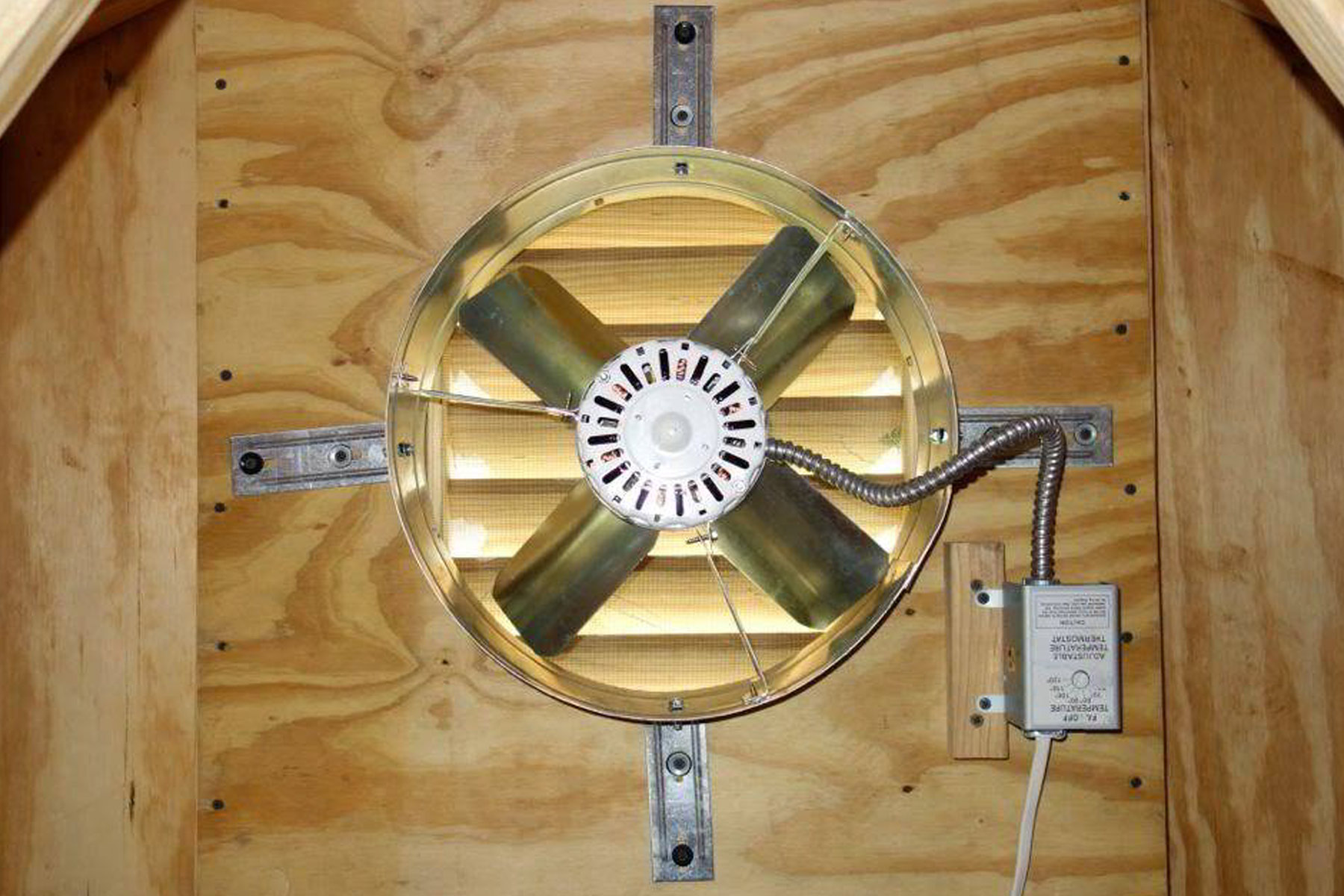
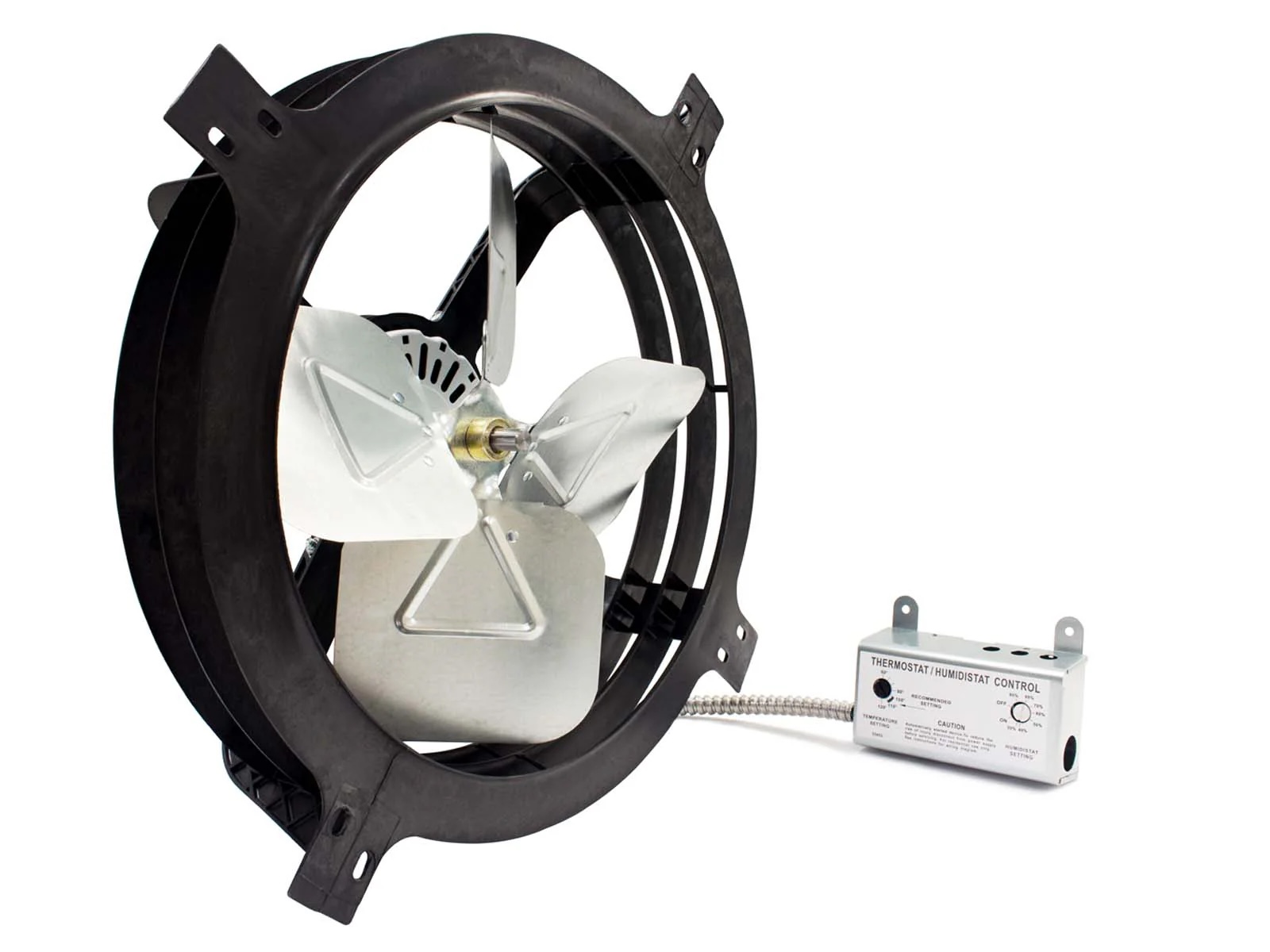
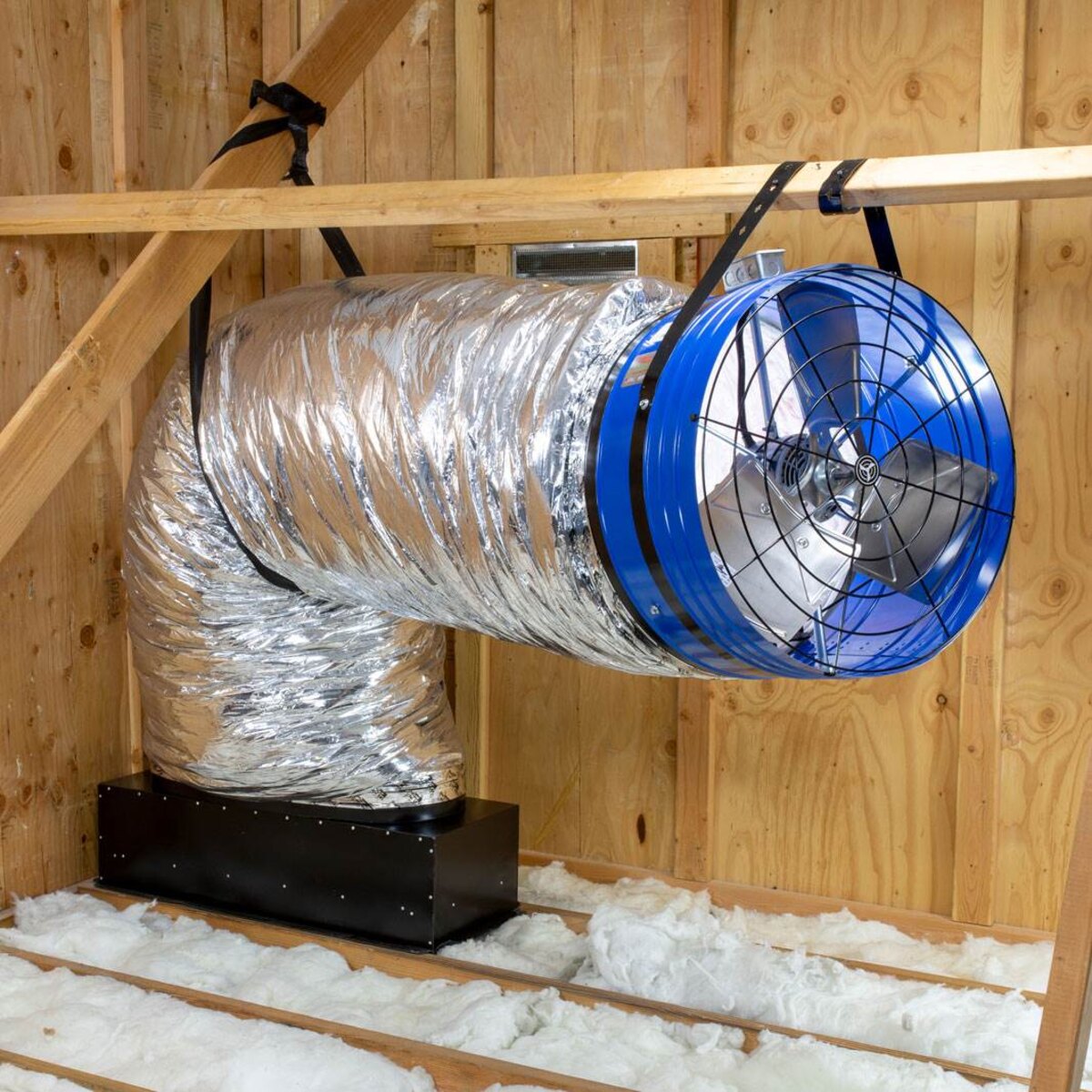
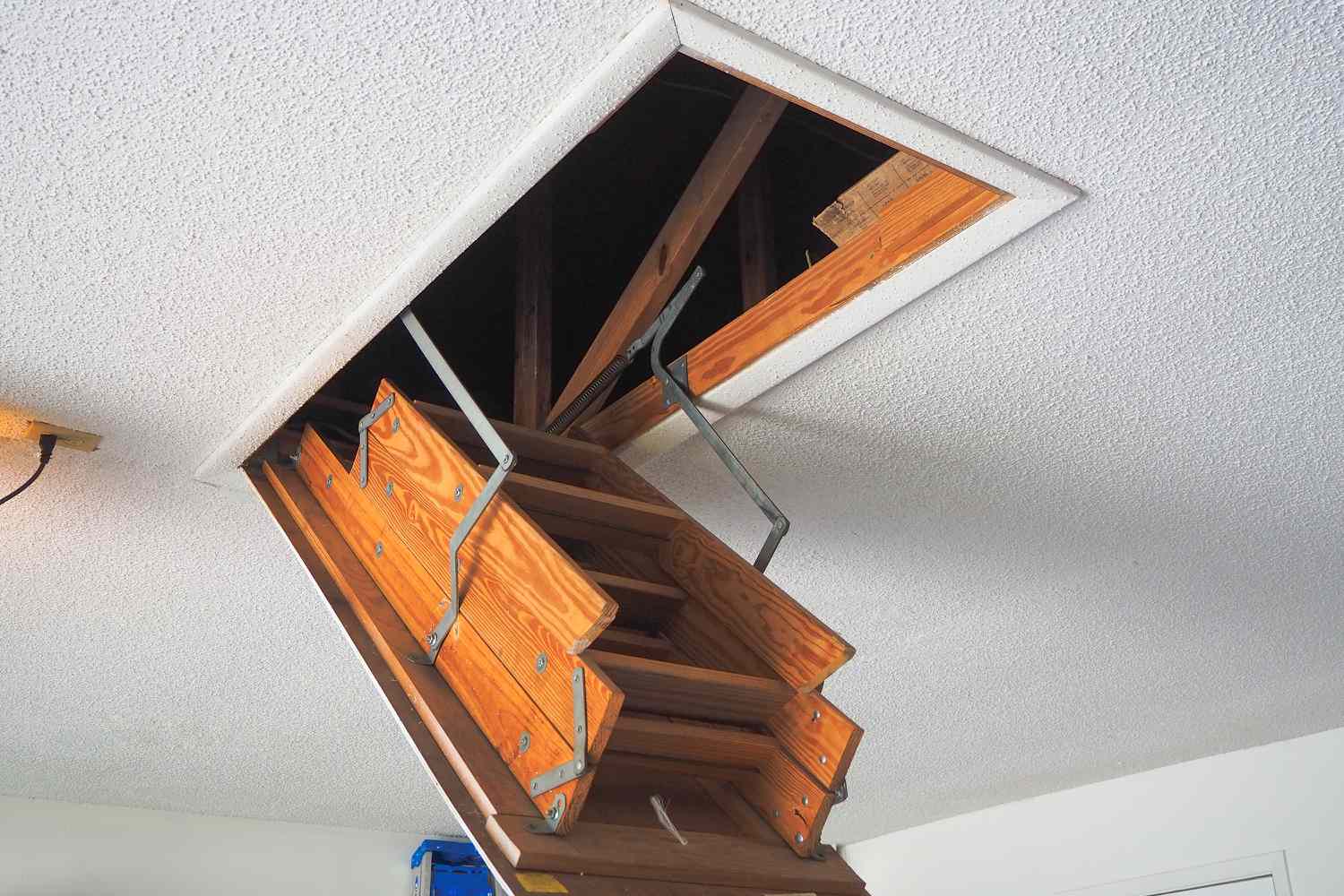
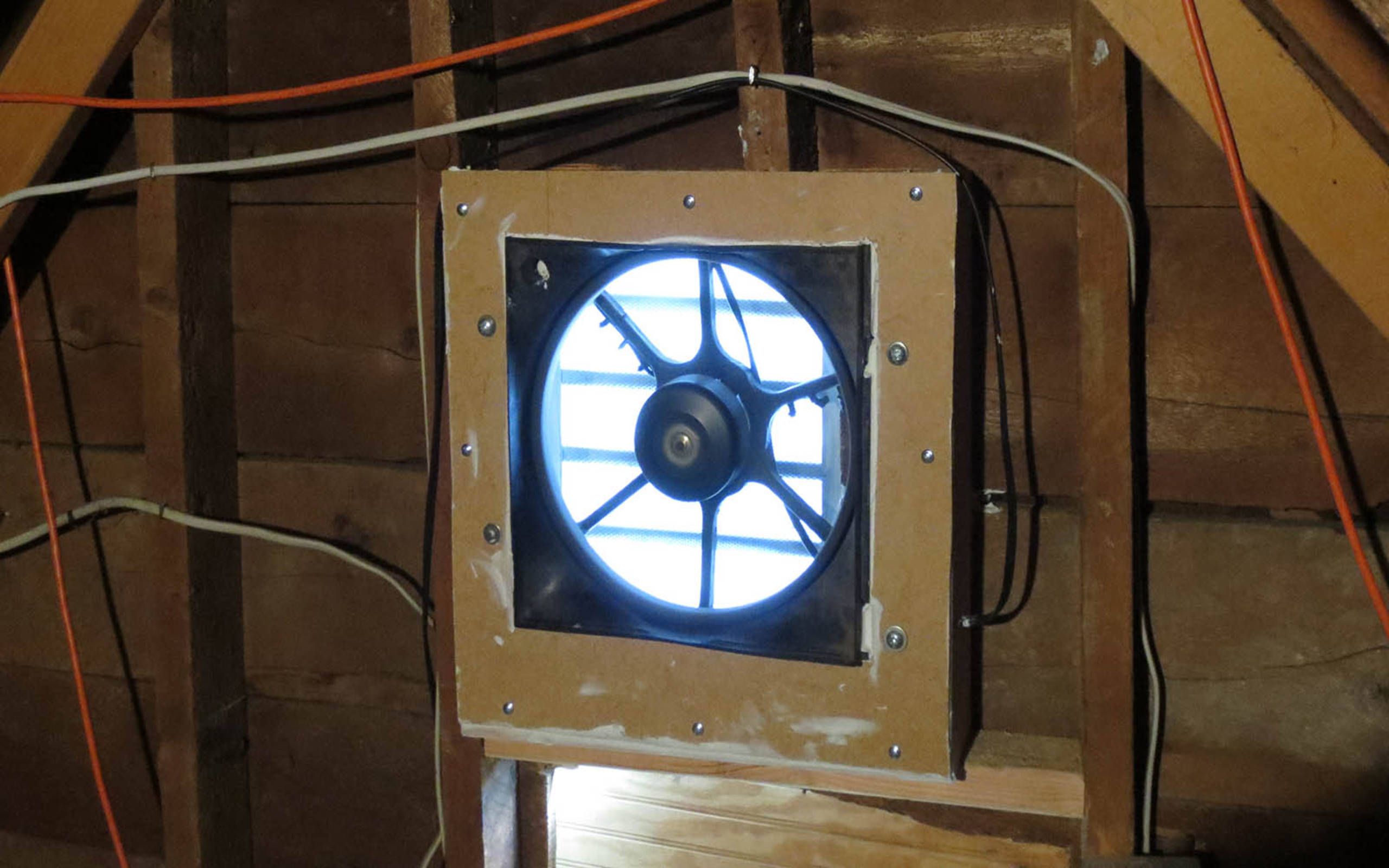
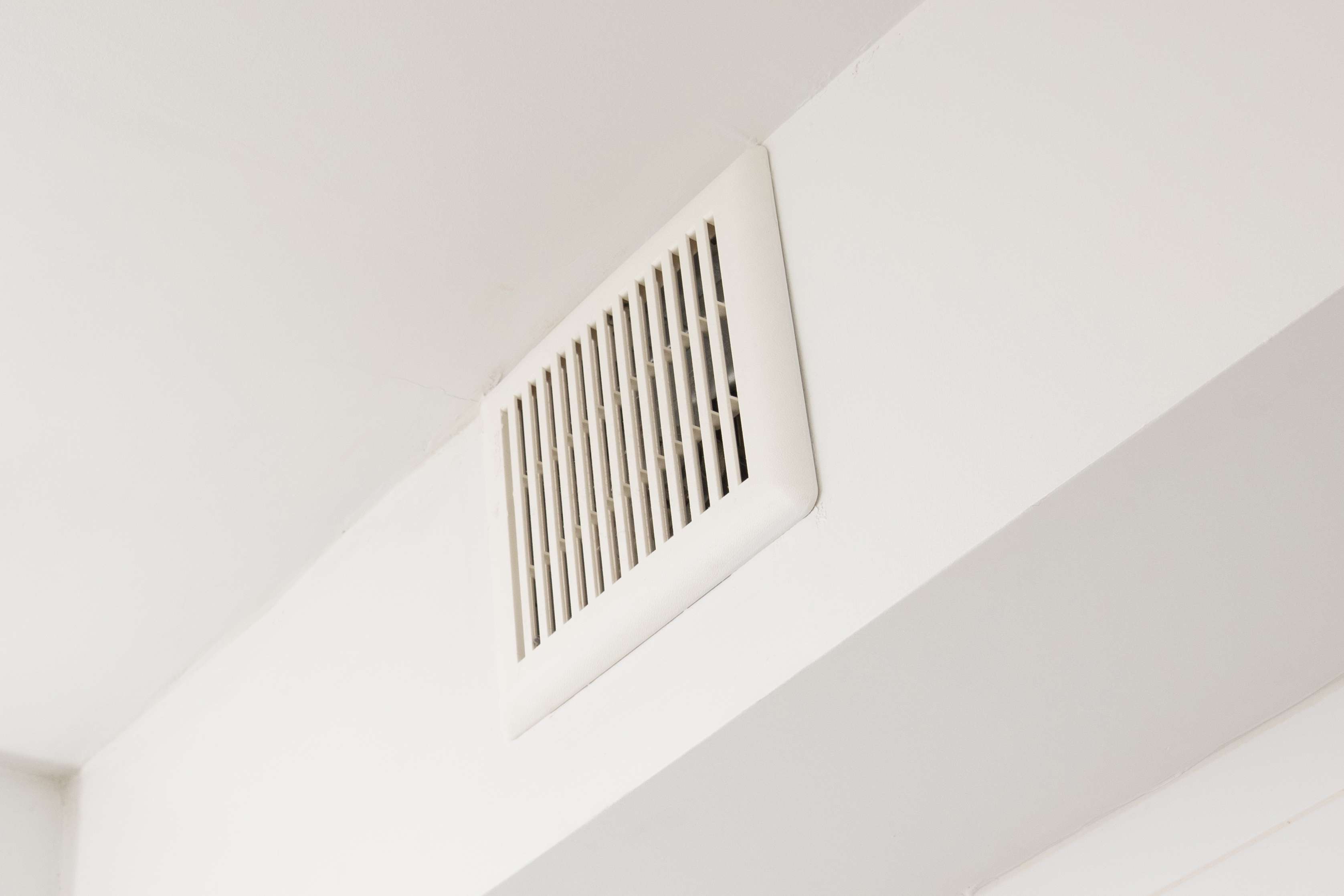
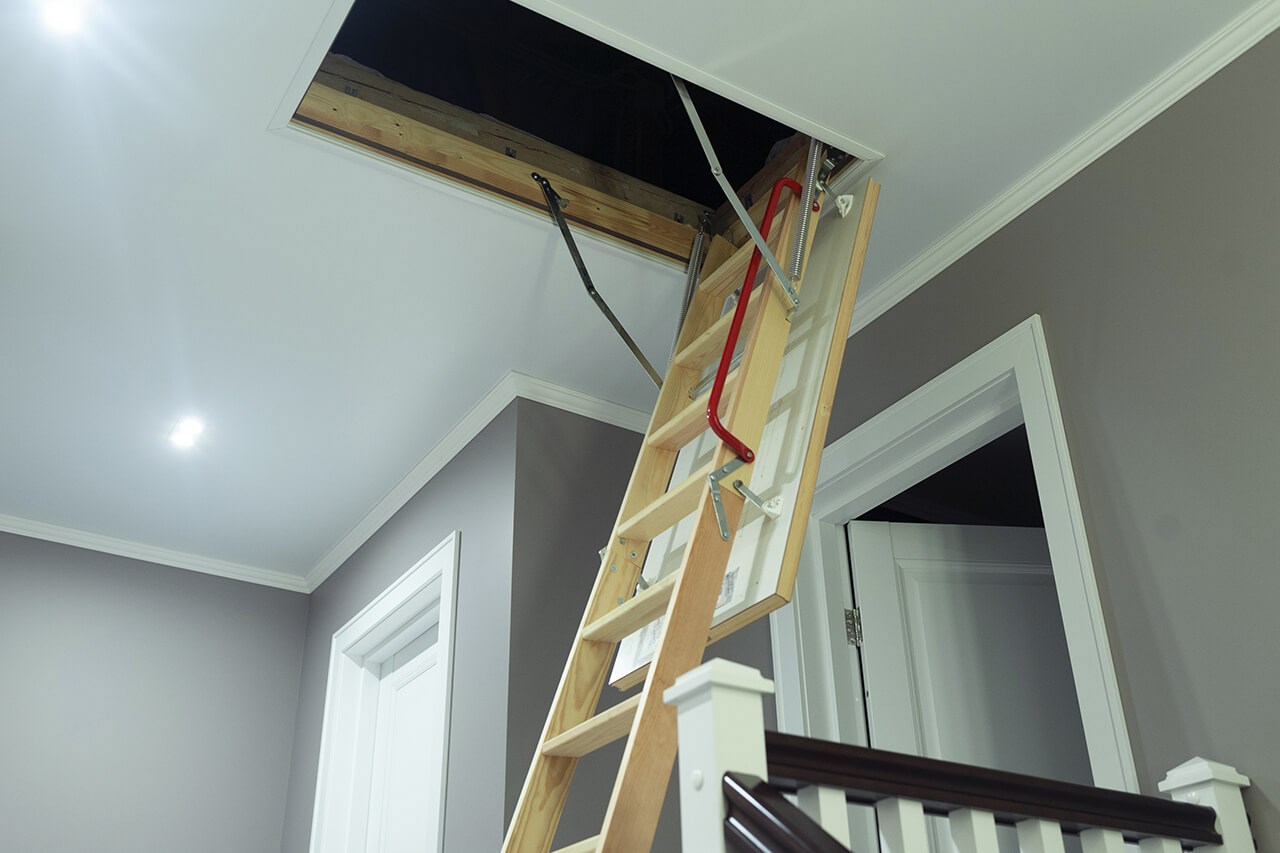
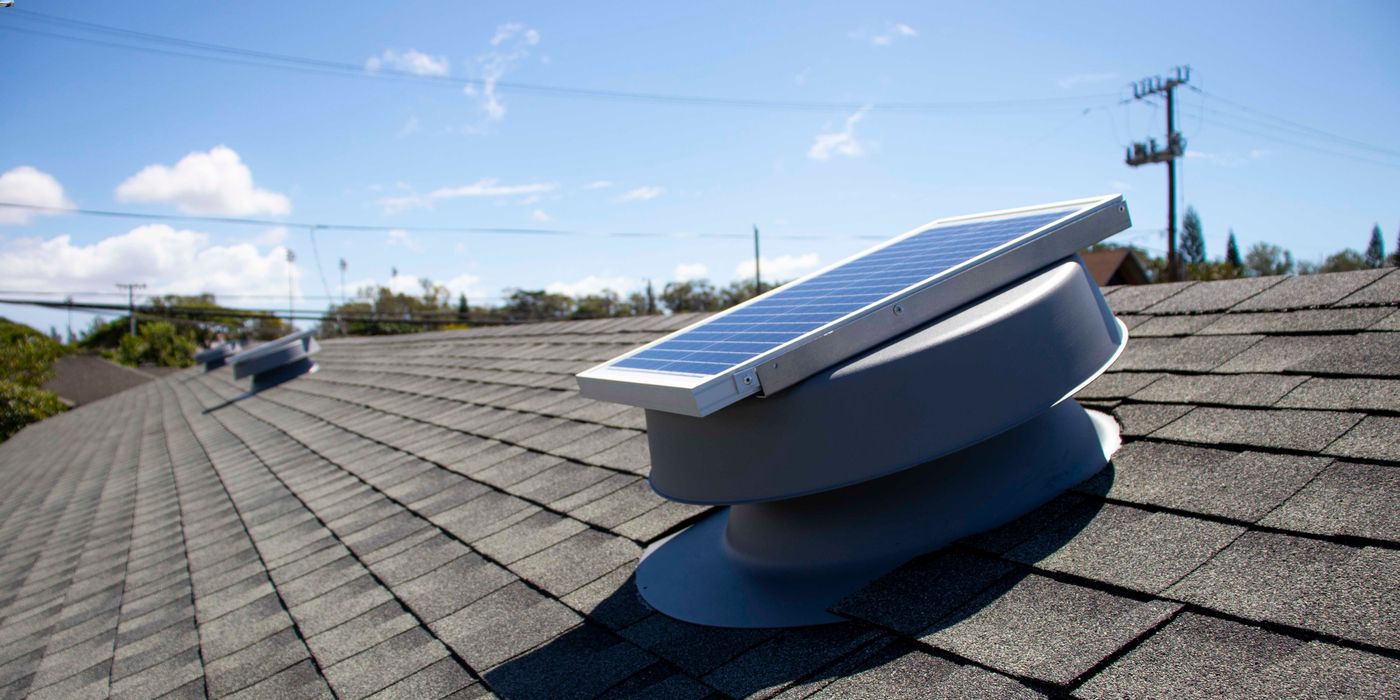
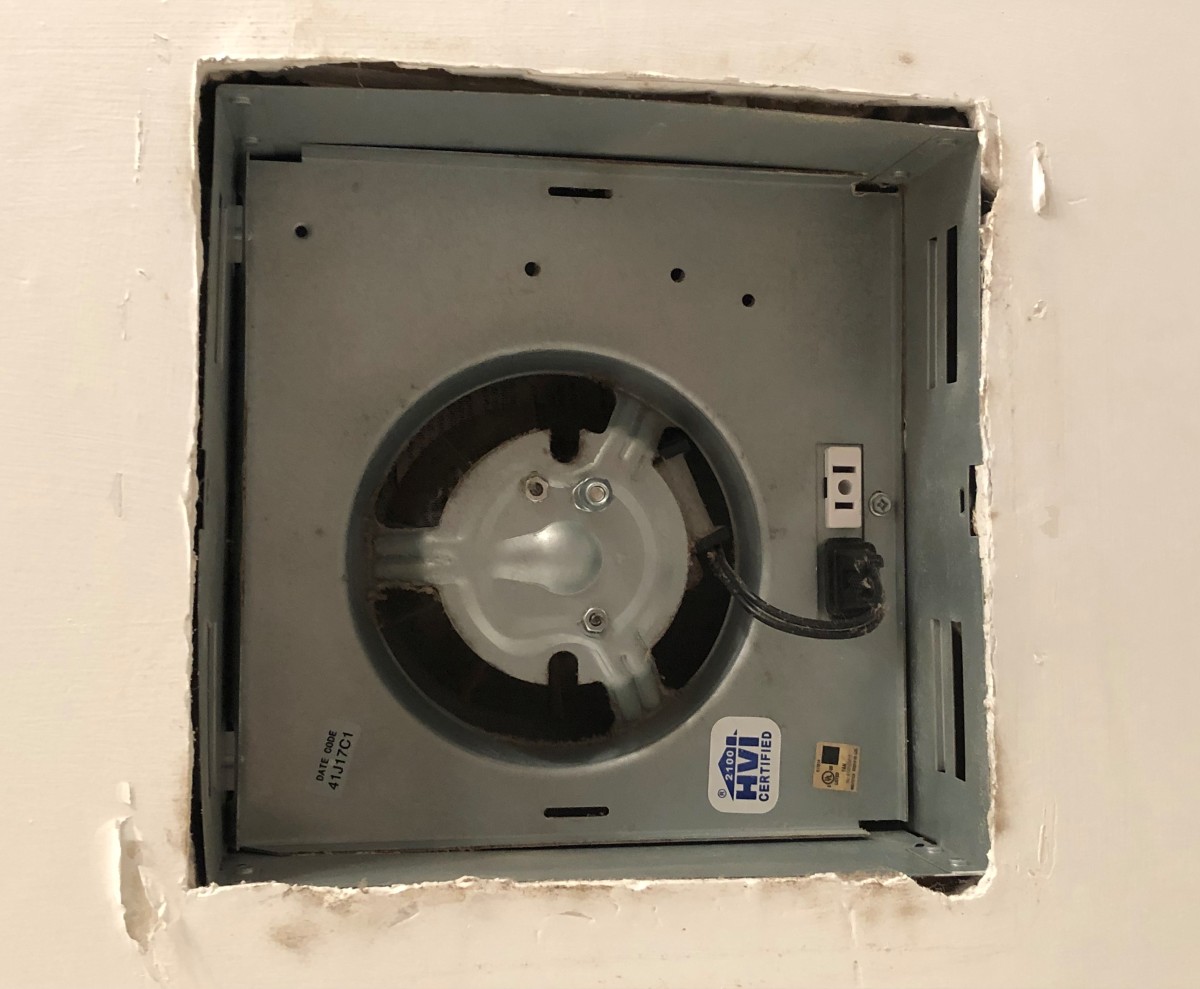
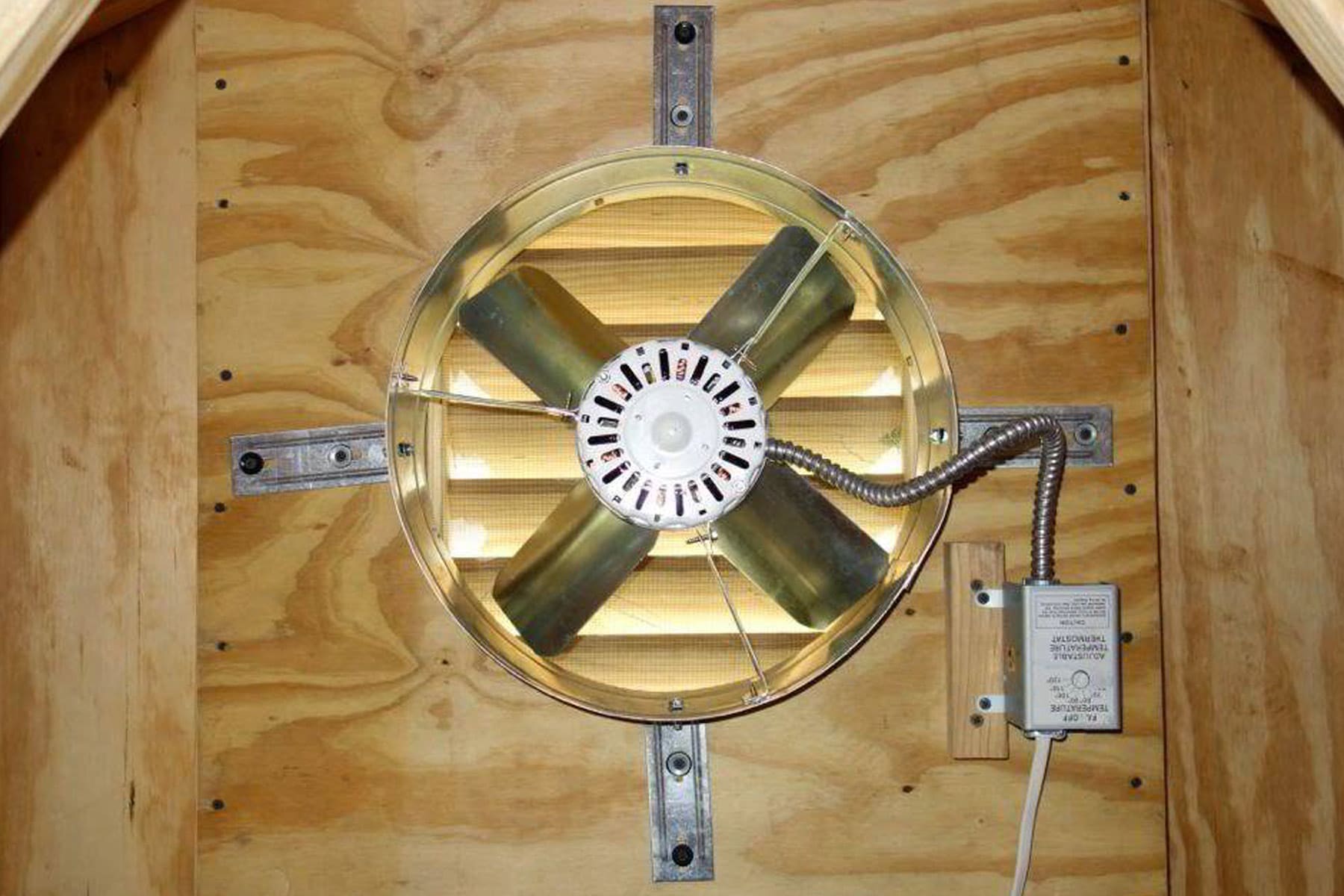
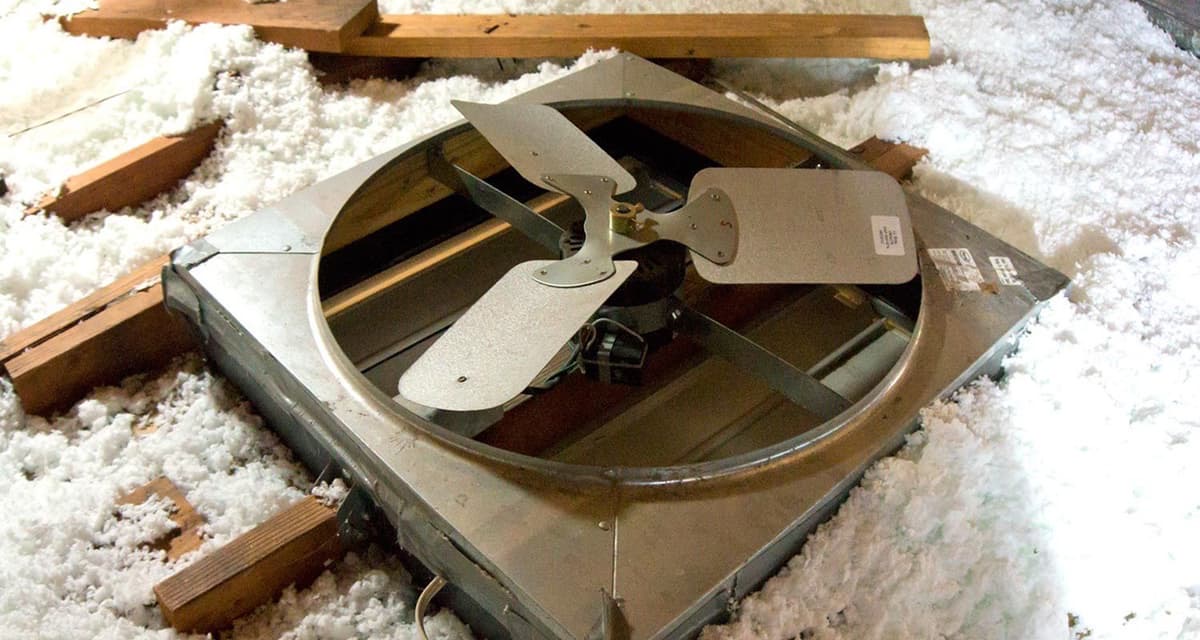
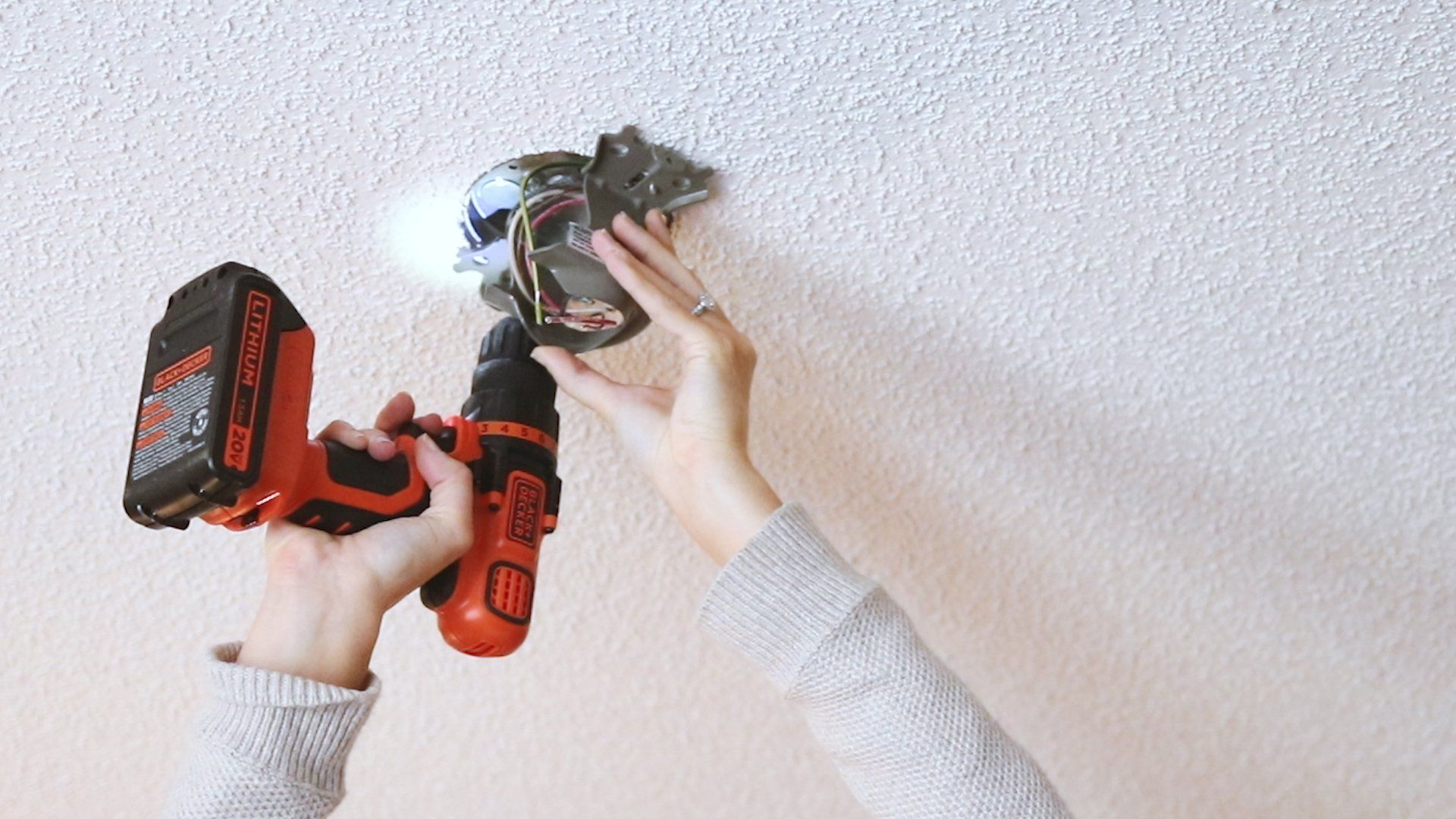
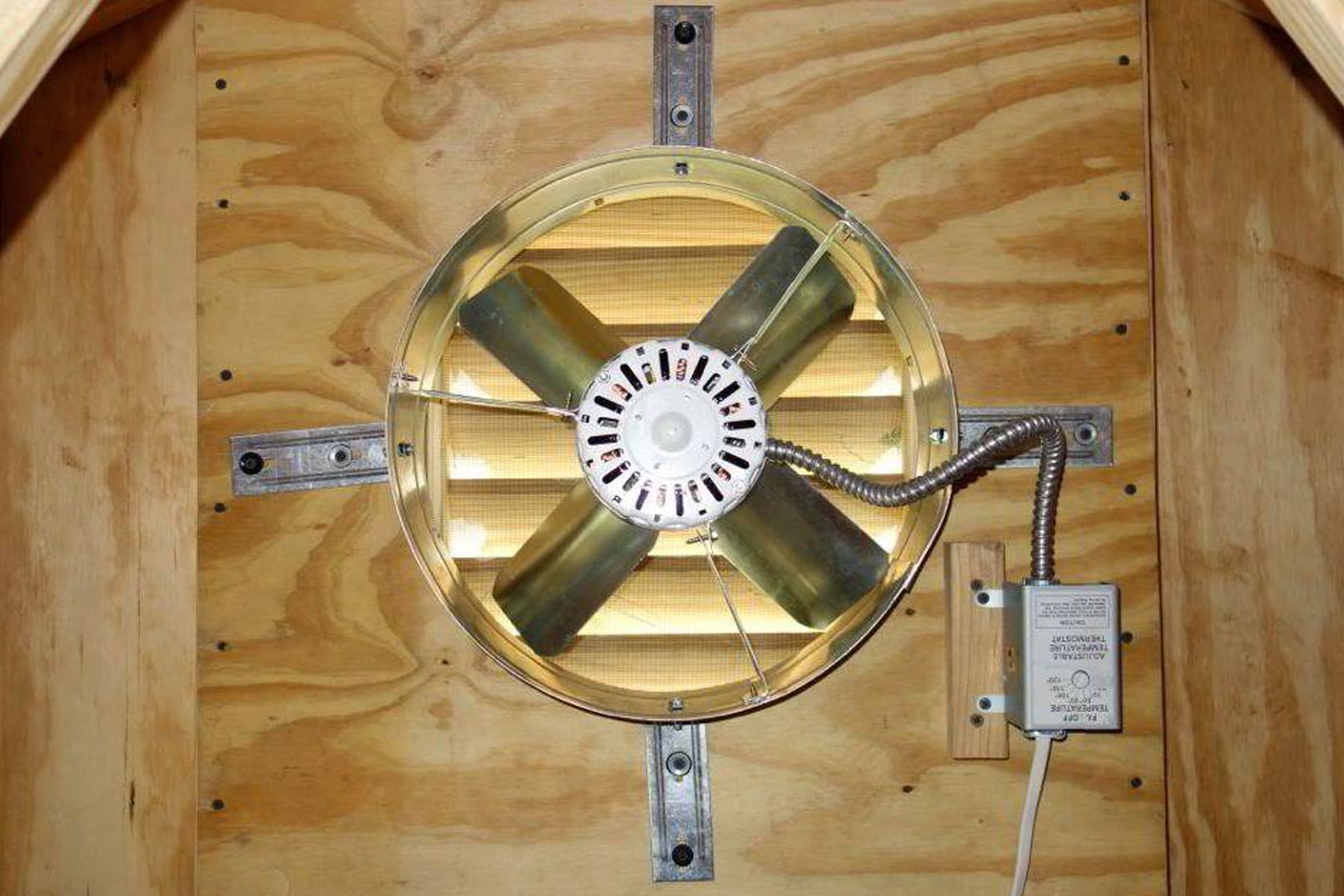
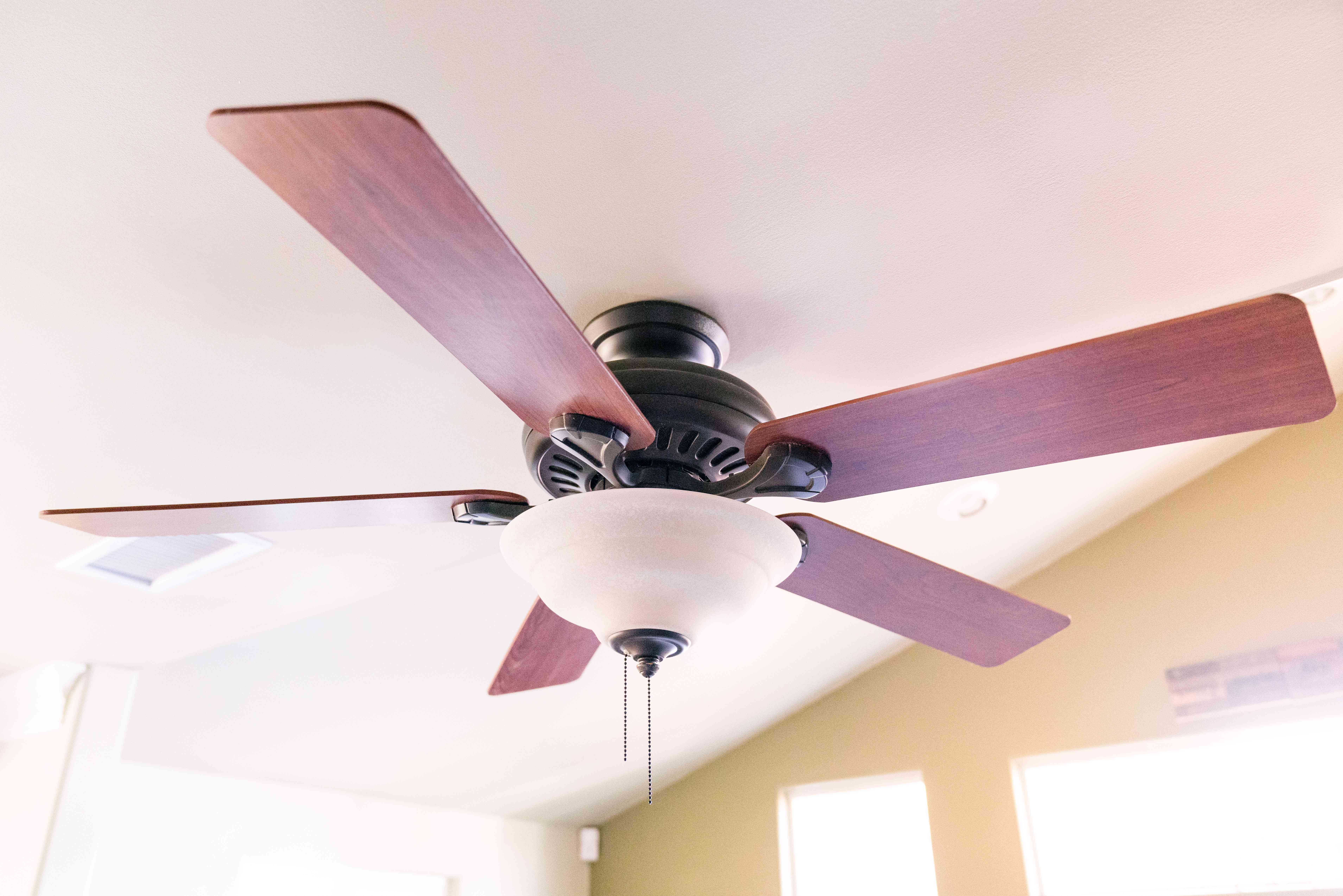

0 thoughts on “How Much To Install An Attic Fan”